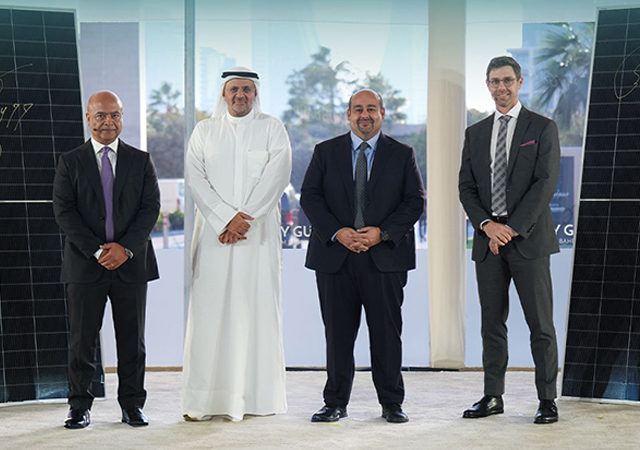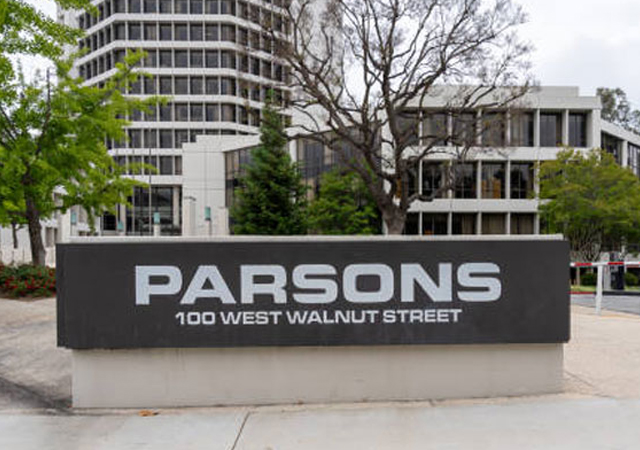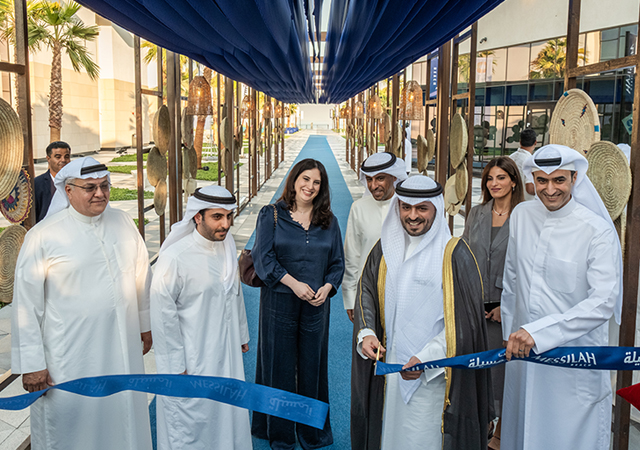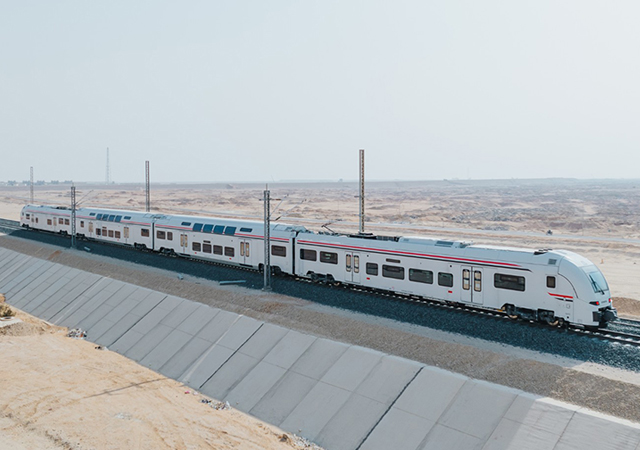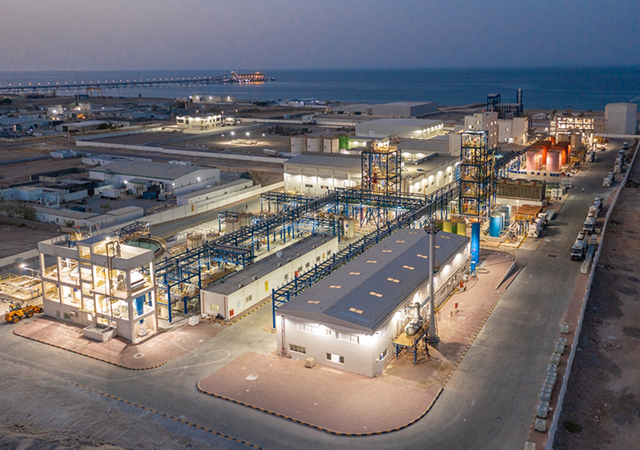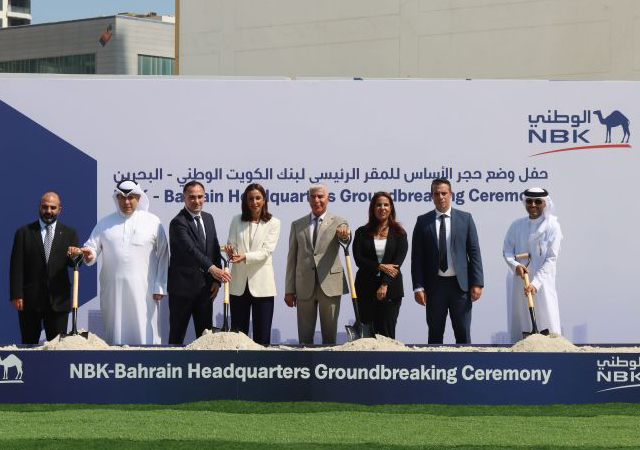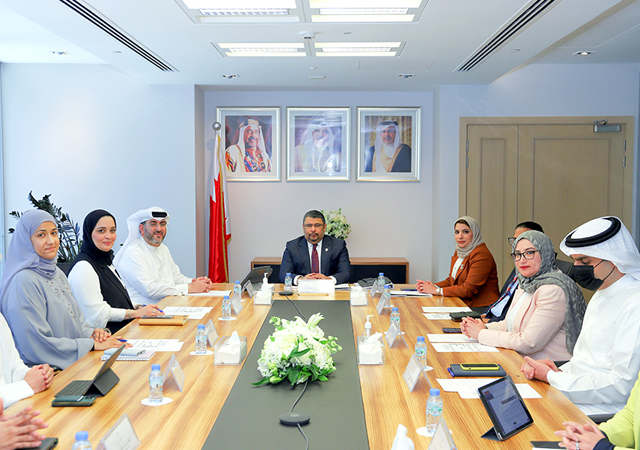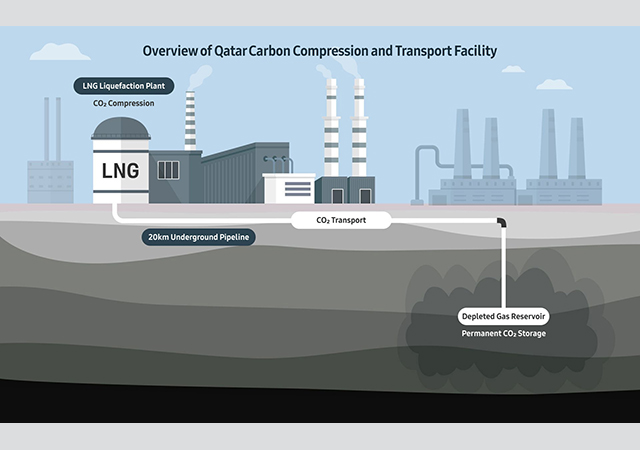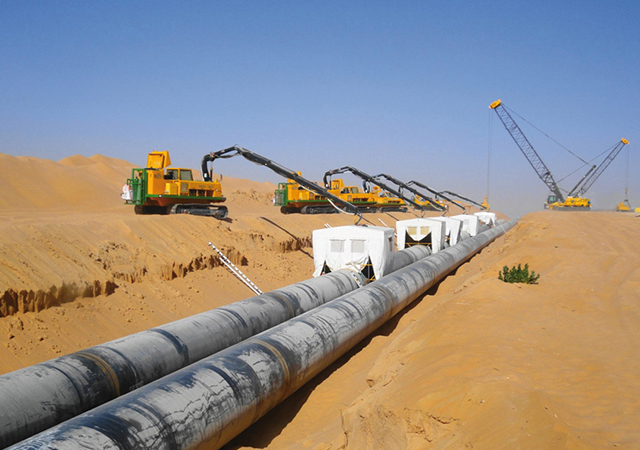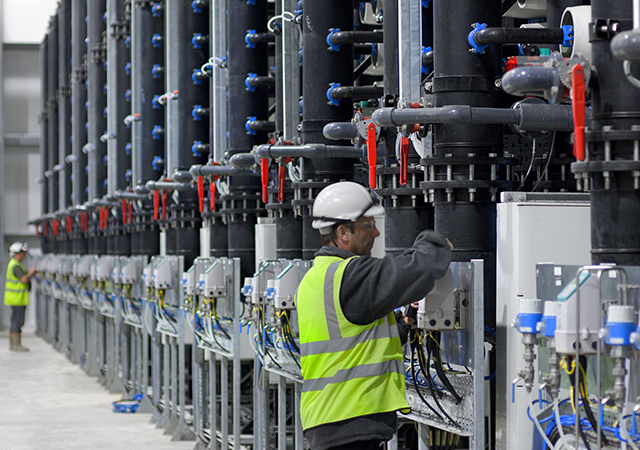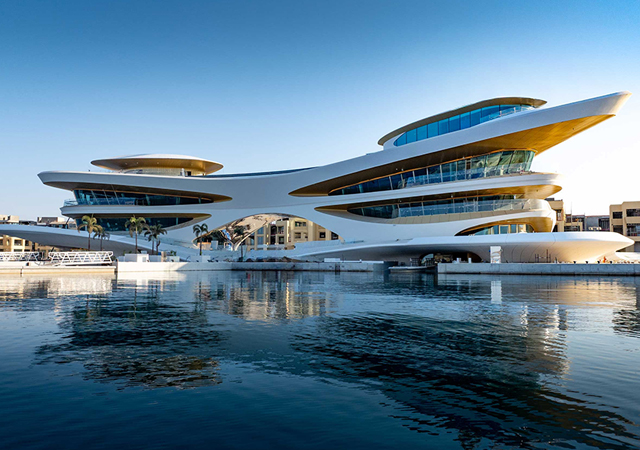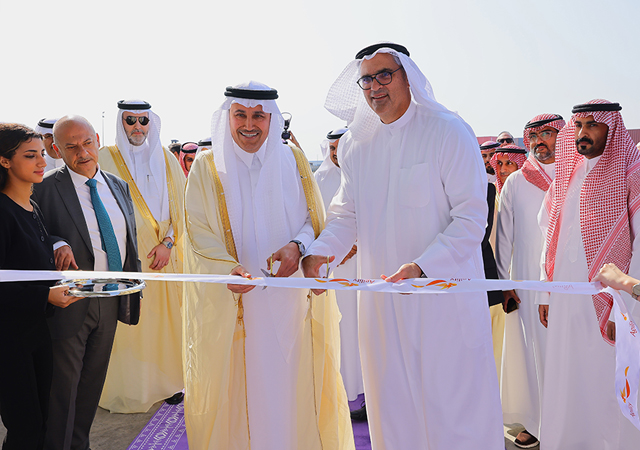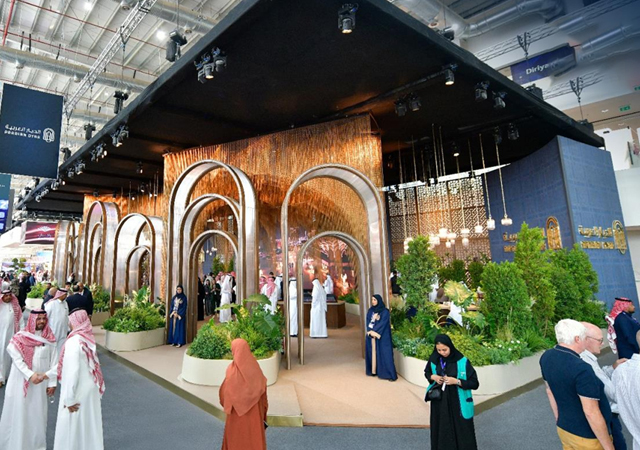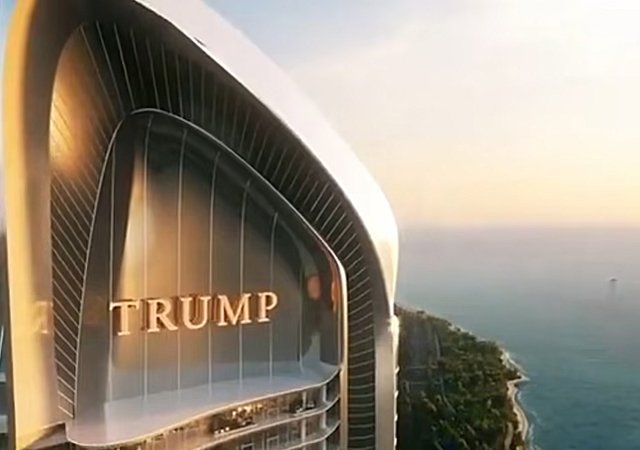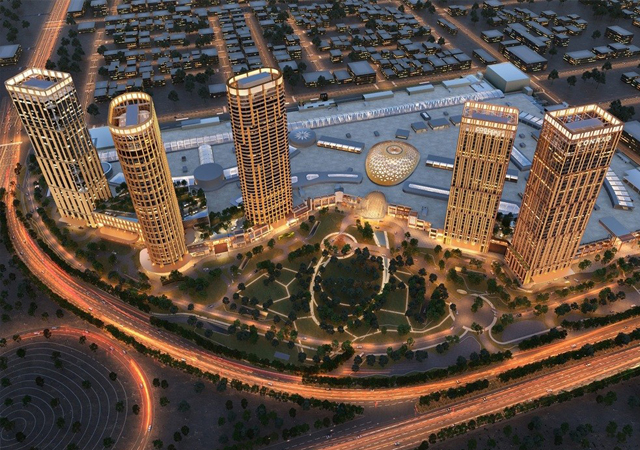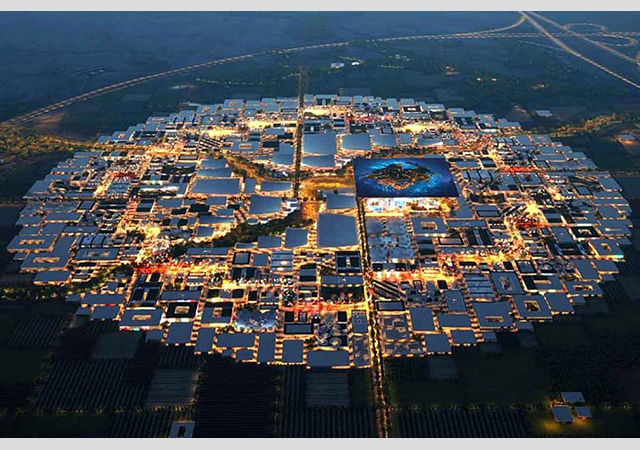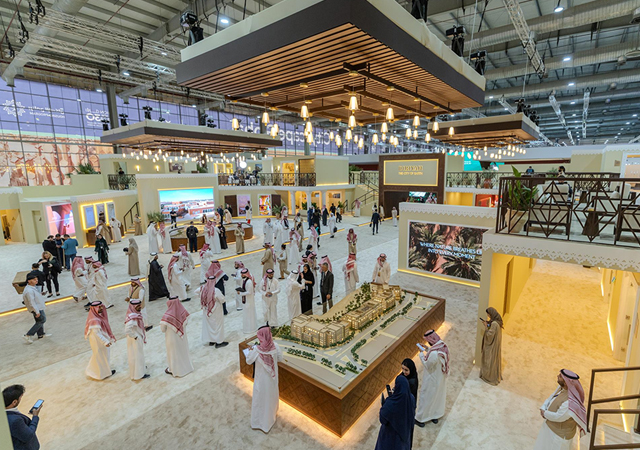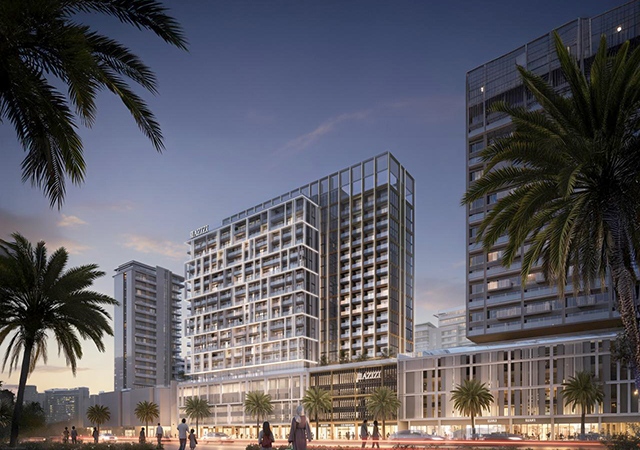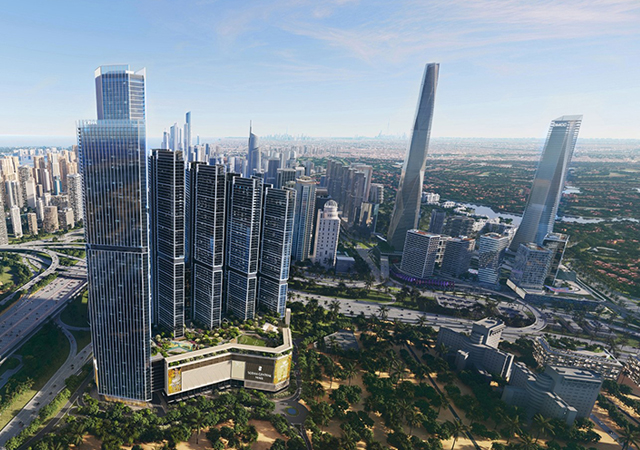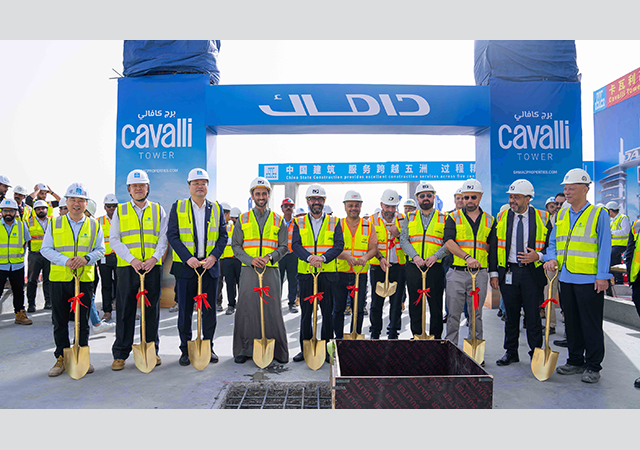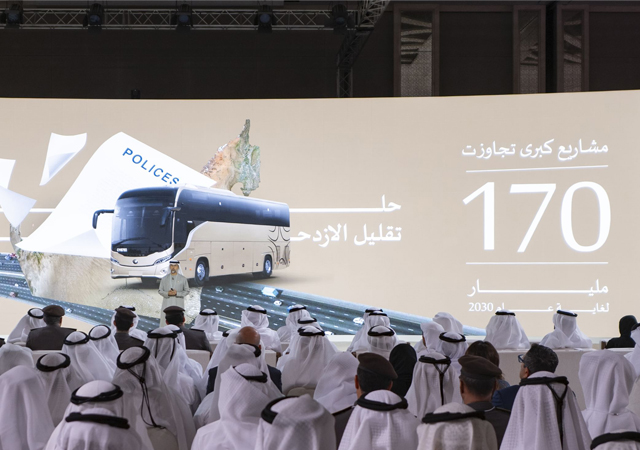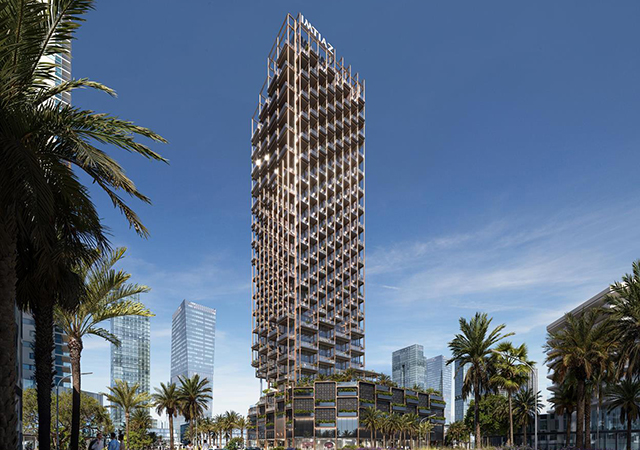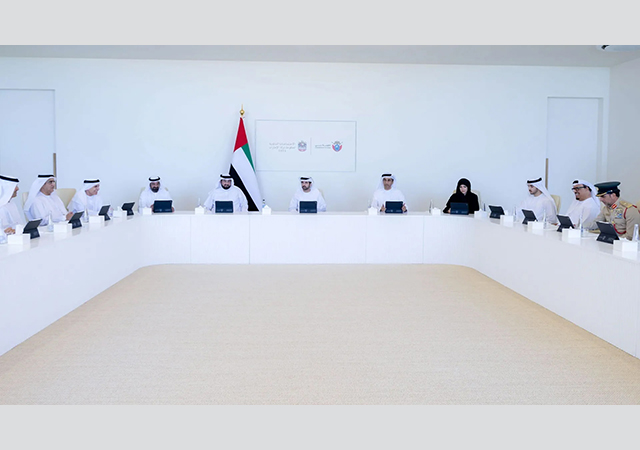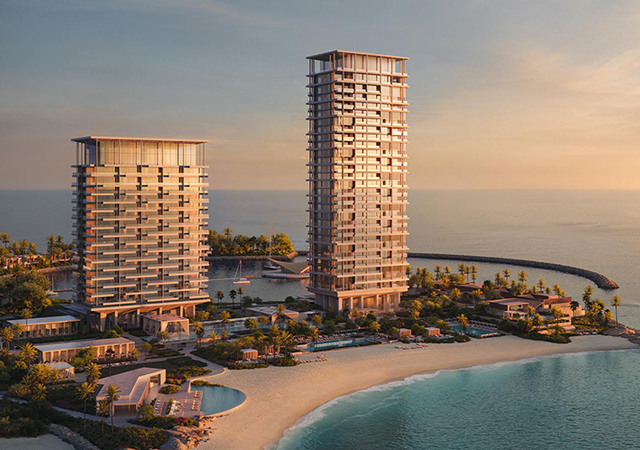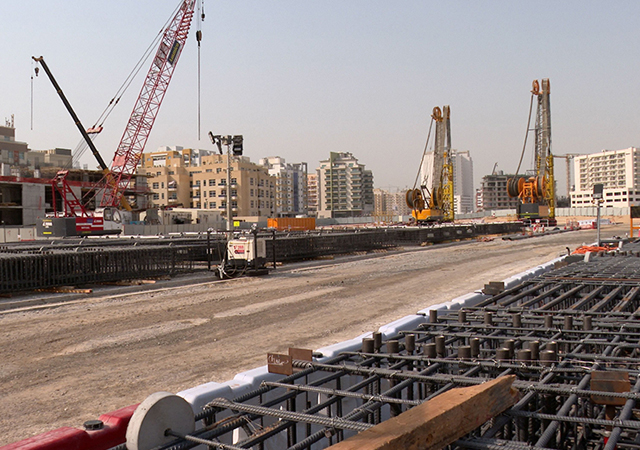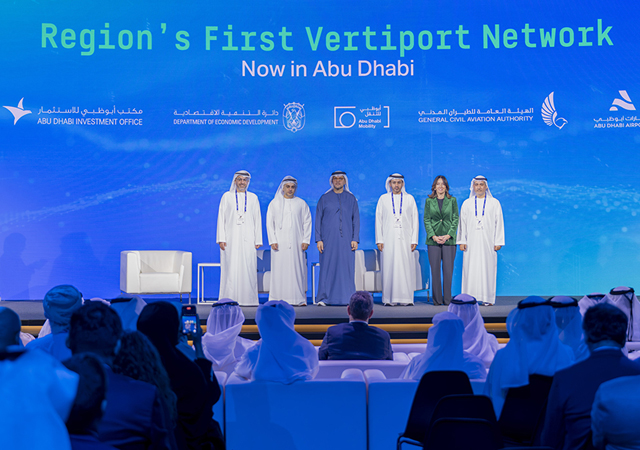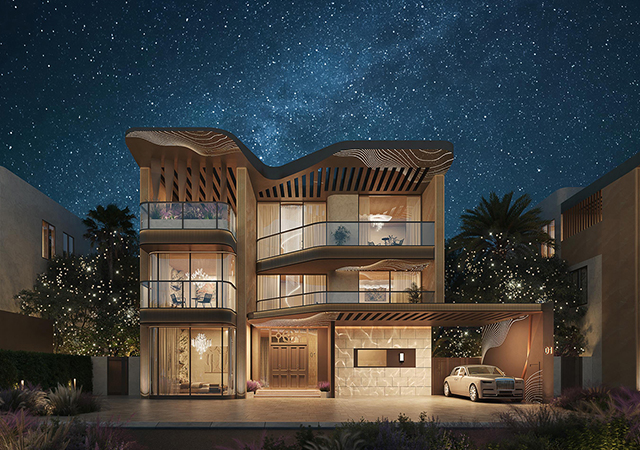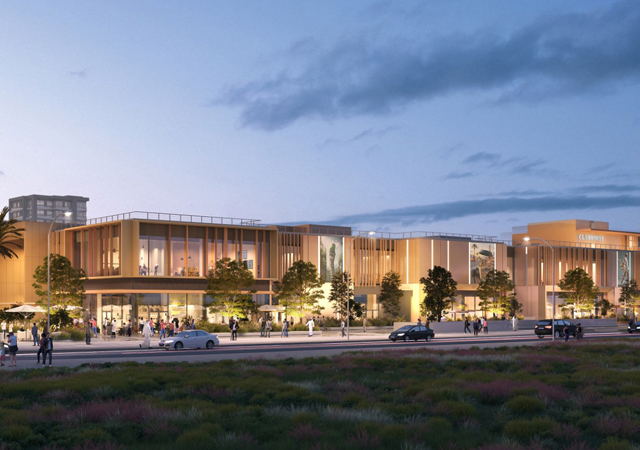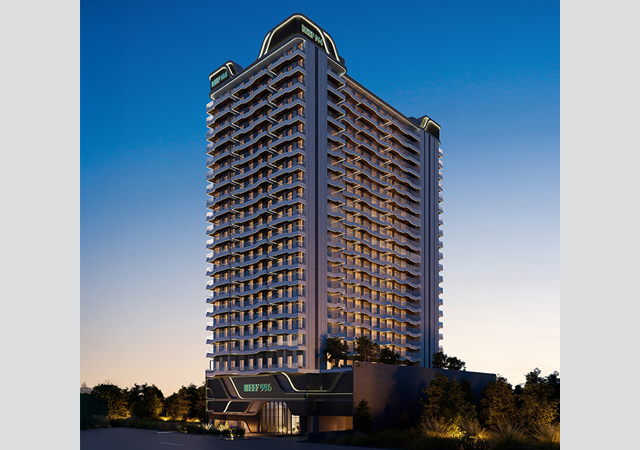 Jackson ... durability focus.
Jackson ... durability focus.
Interior design of airports should focus on passenger comfort as well as durability and ease of maintenance, says ANDREW JACKSON, marketing director at SAS International*.
DUBAI is emerging as a mega aviation hub, given that two-thirds of the world’s population live within eight hours of the UAE emirate. It is predicted that even as early as this year, Dubai International Airport could overtake London’s Heathrow as the world’s busiest airport, in terms of the number of international passengers.
Dubai is not alone in the GCC with plans for large, passenger airports: Kuwait’s international airport will be expanded to accommodate a rise from six million passengers a year to 20 million. Abu Dhabi’s international airport is being expanded to handle more than 40 million by 2017.
Qatar’s Hamad International Airport, which opened last year, can service the new, larger passenger jets, the A380, and is designed to accommodate 30 million passengers annually – a figure that is expected to increase in time for the Fifa World Cup 2022, which the country is set to host.
Saudi Arabia is aiming for a combined future capacity of 140 million passengers per year by expanding its three major airports in Dammam, Jeddah and Riyadh. Riyadh’s King Khaled International Airport, when it opened in 1983, became the largest in the world in terms of ground area, only to be surpassed in 1999 by Dammam’s King Fahd International Airport.
King Khaled Airport serves as the gateway to Saudi Arabia’s largest city and its new terminal (Terminal Five) is expected to open this year to handle the capital’s increasing passenger traffic.
Airports can now very much be counted as strategic assets. Where supply cannot keep up with demand, demand will go where there is supply. And as gateways they take on not only economic, but cultural and social roles – both in welcoming people to a city and to receive VIP guests.
Interior design in modern airport terminals is all about the passenger experience. King Khaled Airport’s terminals house air bridges to avoid any need for bus journeys between the terminal buildings and waiting aircraft, for example.
Acoustic control is also a critical consideration for the interiors. The challenges that wide open spaces create need to be met. Here, acoustic rafts can provide a functional option. Meanwhile, perforated metal ceiling panels with acoustic backings are also regularly specified.
A high quality internal finish helps create the right ambiance. It not only provides passengers with an enhanced experience, but supports high performing sales outlets for retailers.
This places many demands on fit-out solutions. Meeting an architect’s design aspirations needs to be balanced with cost-effective and sustainable material solutions. These, in turn, need to provide for long-term value and flexibility.
At London’s Terminal Four, eye-catching spun aluminium profiled discs feature along with acoustic metal wall panelling and acoustic rafts. Baffles provide a wave effect to the soffit, and were designed with a secret fix formed capping at the bottom edge of the panels for aesthetic purposes; while acoustic absorption requirements were met by perforating the surface of the baffles.
In the redeveloped Terminal Two Concourse B (T2B), bespoke metal ceiling and cladding panels also meet the architect’s aspirations for simple, bold interventions which bring high value for the travelling passenger.
A linear metal ceiling system was installed throughout the airport terminal at Kolkata, India. This solution is designed so air can flow through the ceiling plane, allowing any potential smoke to quickly travel into the ceiling void. Smaller tubes were installed within the system to allow script patterns to be formed in the ceiling plane, creating striking patterns on the underside of the main roof.
Metal fit-out solutions are being specified in transportation hubs because of their durable, easy-to-clean and versatile qualities. Whether as cladding, panels, ceiling rafts or tiles, or column casings, metal also significantly allows for easy integration of mechanical and electrical services into the building design.
In a public area that is in use 24 hours a day, there has to be provision for frequent access for maintenance to services without causing tile damage. Ease of access for services maintenance was a consideration in the Hamad International Airport, and high specification materials were used in the fit-out of its stunning multi-level design.
Material choices were influenced by the special demands of this environment and metal ceiling tiles feature both externally and internally. These were supplied with a PVFD/PVF2 (poly vinylidene fluoride) coating to help keep their appearance in good condition over a sustained period of time.
Today’s terminals are embracing sustainable design strategies. While material choices are important for both longevity and flexibility, energy efficiency has also driven design considerations at the Hamad International Airport. At Heathrow T2B, the ceiling rafts allow free air movement to the structural slab, enabling natural thermal mass cooling along with high acoustic performance.
Meanwhile, Delhi Airport Terminal Three was awarded a Leadership in Energy and Environmental Design (Leed) India Gold in 2012, making it one of the largest green buildings in the world and setting a new standard.
*SAS International is a British manufacturer of interior fit-out products, driven by delivering quality, innovation and providing maximum value to clients and specifiers worldwide. With more than 40 years’ experience, the company produces high-performance metal products including ceiling systems and architectural metalwork solutions.



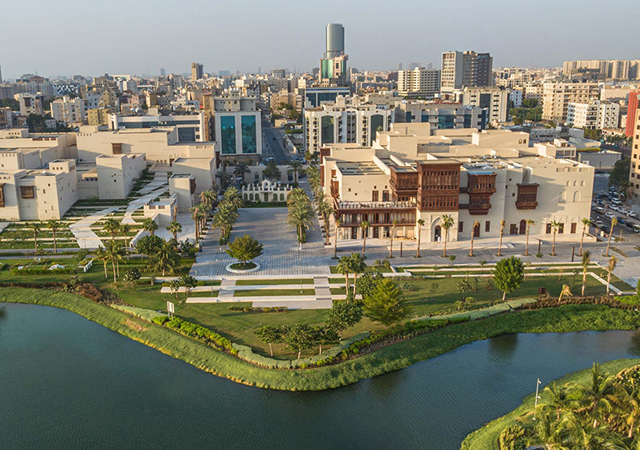
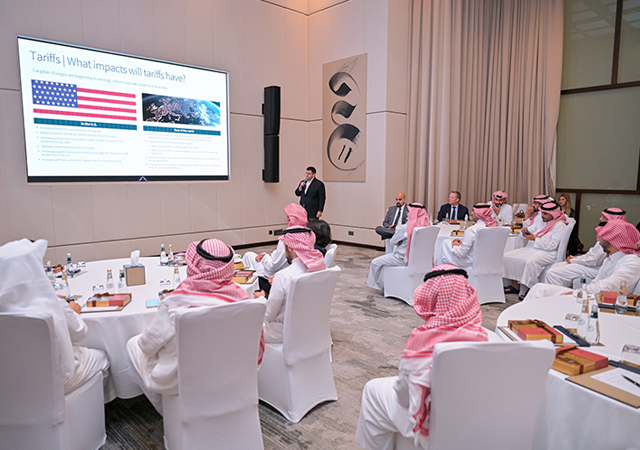

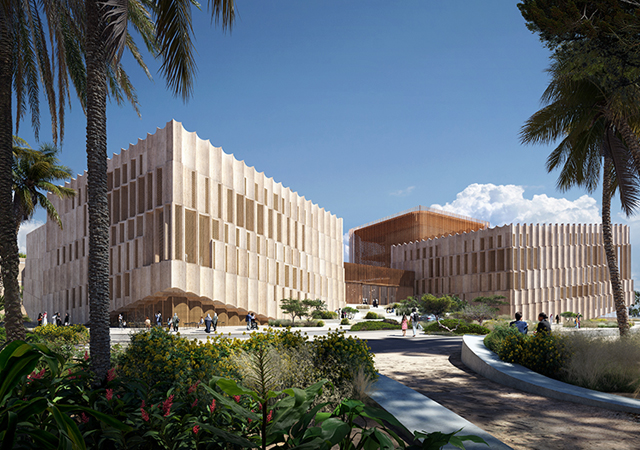

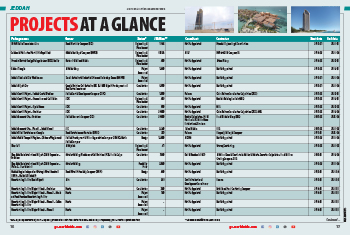
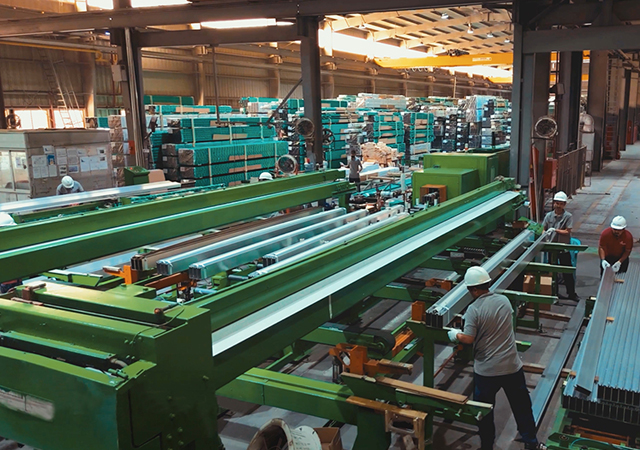

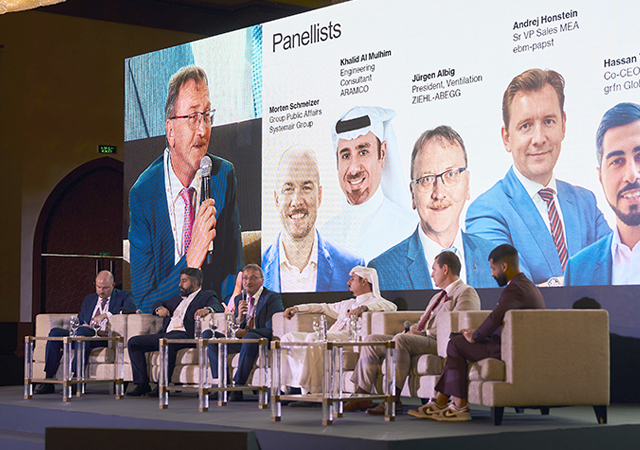

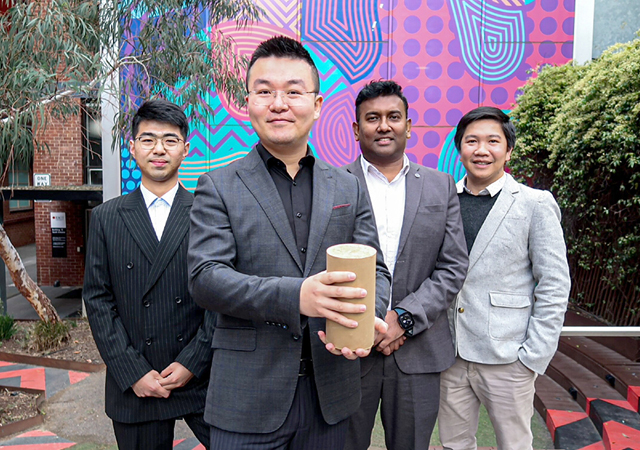
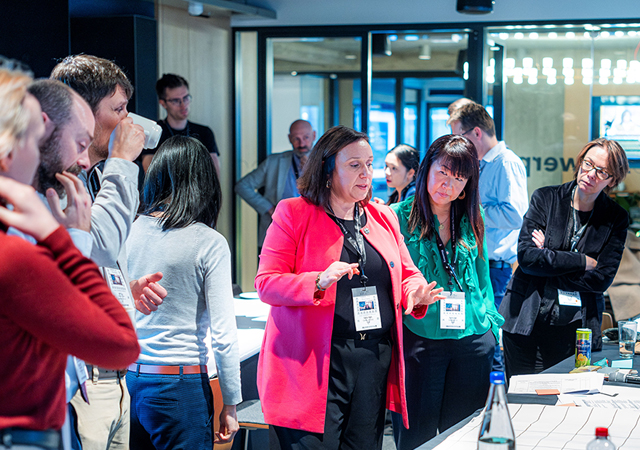
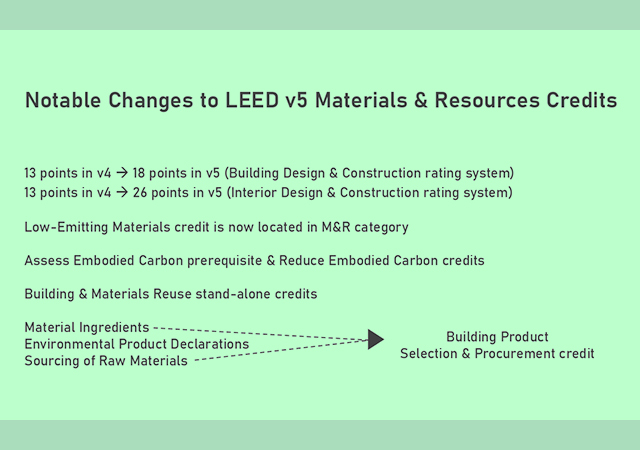
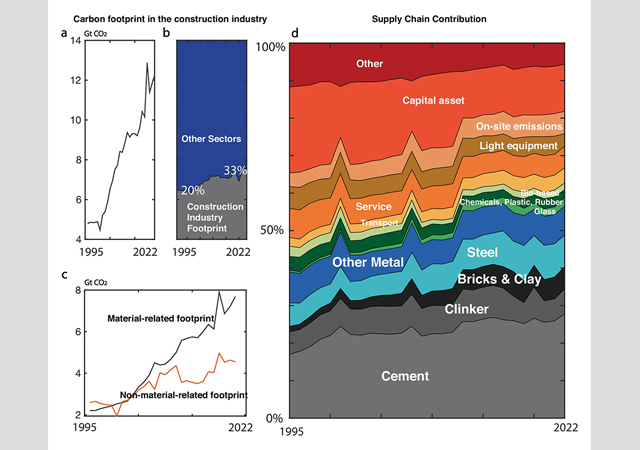
.jpg)
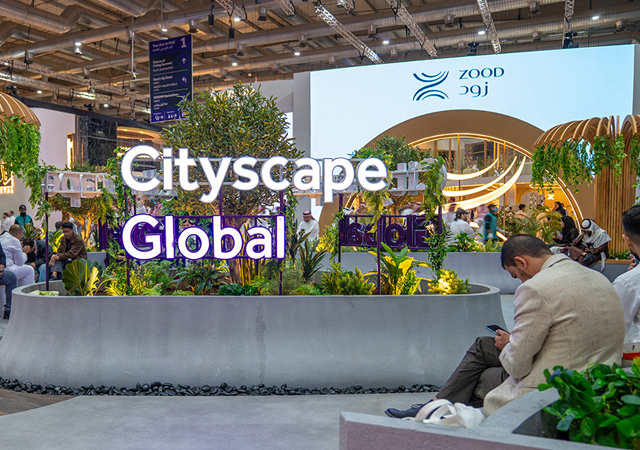
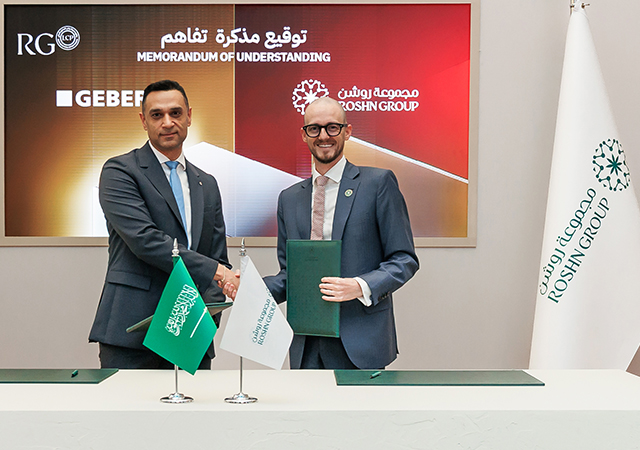

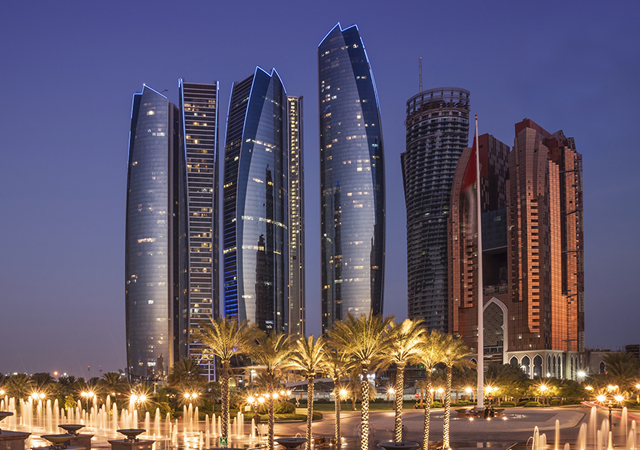


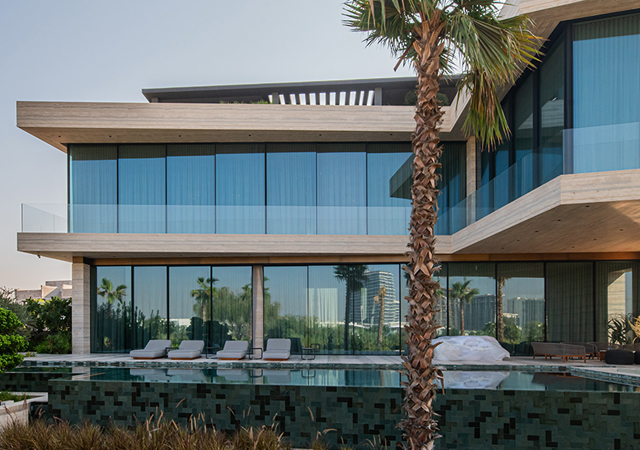





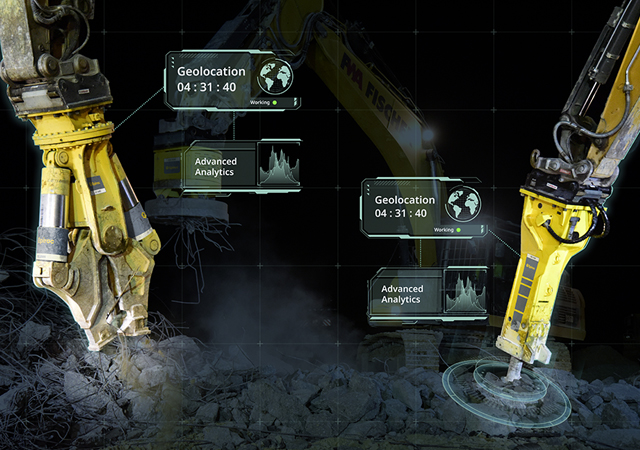
 (1).jpg)

